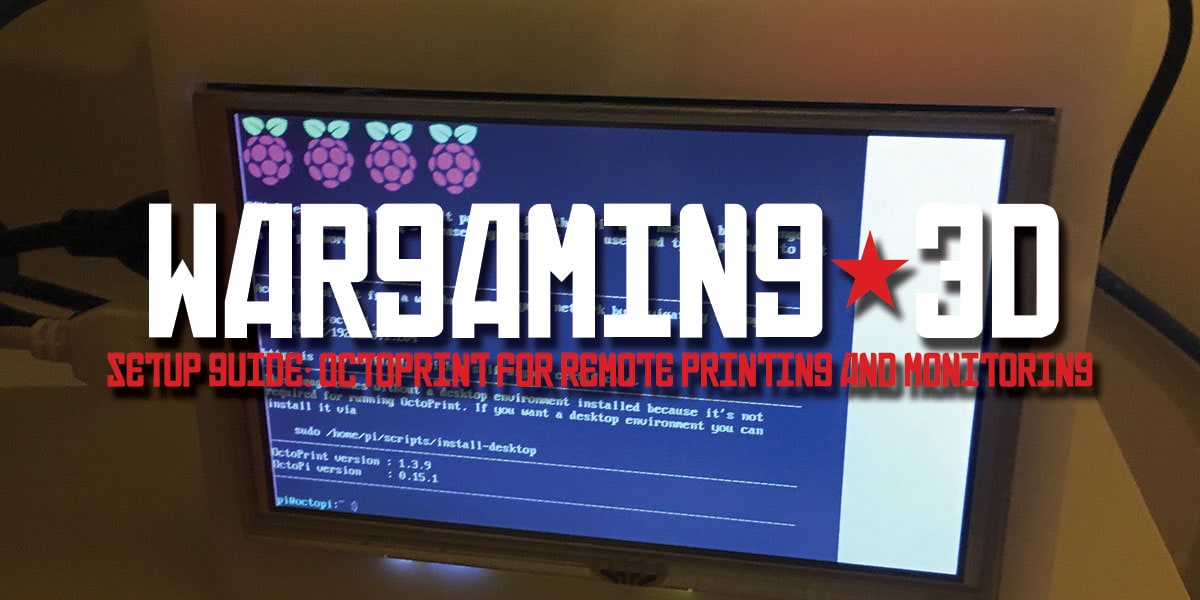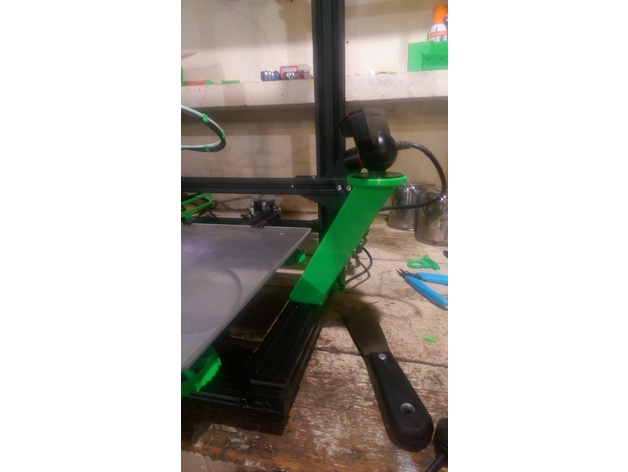



Sony states that the PlayStation Eye can produce "reasonable quality video" under the illumination provided by a television set. The PlayStation Eye also has "two times the sensitivity" of the EyeToy, with Sony collaborating with sensor chip partner OmniVision Technologies on a sensor chip design using larger sensor pixels, allowing more effective low-light operation. Higher frame rate, up to or fps, can be selected by specific applications ( FreeTrack and LinuxTrack). The PlayStation Eye is capable of capturing standard video with frame rates of 60 hertz at a 640×480 pixel resolution, and 120 hertz at 320×240 pixels, which is "four times the resolution" and "two times the frame-rate" of the EyeToy, according to Sony. The device is succeeded by PlayStation Camera for PlayStation 4. EyeToy designer Richard Marks stated that the EyeToy was used as a model for the rough cost design. The PlayStation Eye was also released as a stand-alone product in the United States, Europe, and Australia. The peripheral was launched in a bundle with The Eye of Judgment in the United States on October 23, 2007, in Japan and Australia on Octo and in Europe on October 26, 2007. It is the successor to the EyeToy for the PlayStation 2, which was released in 2003. This allows players to interact with games using motion and color detection as well as sound through its built-in microphone array. The technology uses computer vision and gesture recognition to process images taken by the camera. The PlayStation Eye (trademarked PLAYSTATION Eye) is a digital camera device, similar to a webcam, for the PlayStation 3. PlayStation Move, EyeToy, Xbox Live Vision, Kinect


 0 kommentar(er)
0 kommentar(er)
